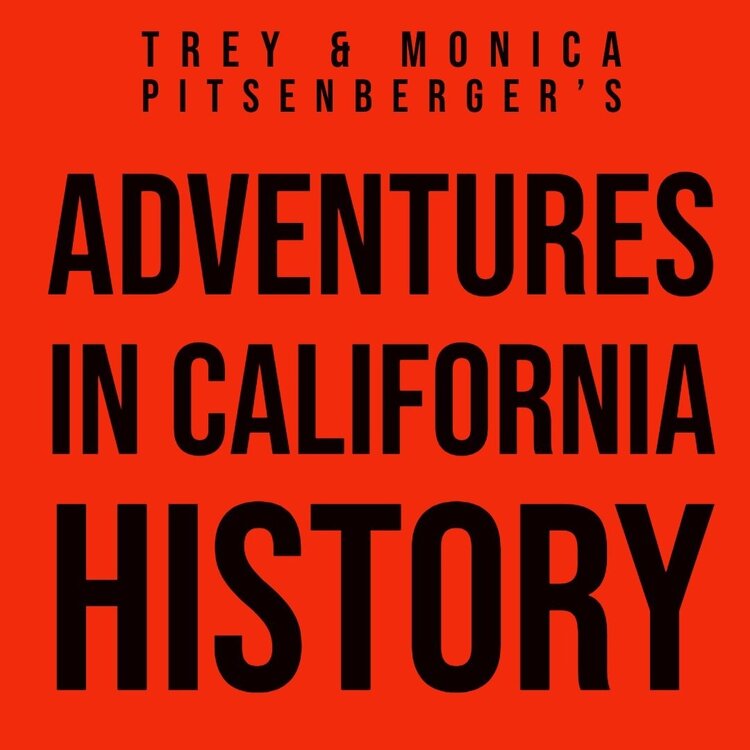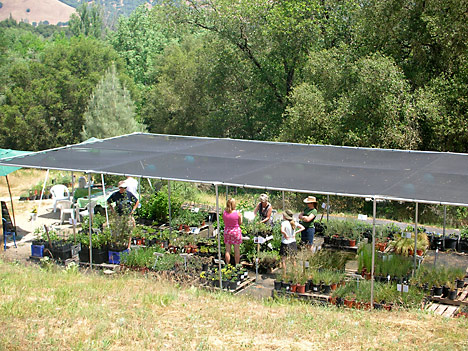This book caught my attention while visiting Nevada City the other day. The authors, Alicia Funk and Karin Kaufman are both from Nevada City and have written a book about using the native flora of The Sierra Nevada as both food, and medicine. As my interest in using local produced products has grown, the idea of using the native flora only makes sense. It doesn't get more local than that.
The authors listed 5 essential reasons for taking the time to learn about, and use native plants.
1. Cultivate an Independent Carbon-Neutral lifestyle.
2. Enjoy 100% local nutrition that is gluten-free and vitamin-rich.
3.Say no to nature deficit disorder.
4. Preserve cultural knowledge.
5. Protect biodiversity and habitat.
Reading about Manzanita one finds that the berries, flowers, and leaves can all be used. You can make Manzanita cider, Manzanita hard cider, or mix some Douglas Fir with it and enjoy MAnzanita and Douglas Fir Cider. You can also make Manzanita Blossom Jelly, Manzanita crackers, Manzanita granola, Manzanita muffins, and Manzanita sugar.
Manzanita Berry Sugar
Collect berries in early fall
-Dry berries
-Grind coarsely, on the lowest speed, in a food processor for several minutes
-To separate seeds and skins from the berry "sugar" place slightly ground berries in a coarse-weave sifter or mesh strainer. Use a wooden spoon to push the sugar through the strainer.
-Store sugar in an airtight container in a cool location.
-Keep left over seeds and skins to make Manzanita cider.
TIP: Grind 2 cups of berries to get 3/4 cup of sugar. Add Manzanita berry sugar to oatmeal, tea, and anything else you wish to sweeten. I can't wait to give this a try.
The interest in where our food comes from, and how it's processed will continue to grow. One answer to the concerns about what we are eating is to "go native". Of course to live entirely off the native flora would be difficult, and not really in the cards for me. However adding native plants to the diet seems worthwhile, and fun. How fun to serve Bay Leaf ice cream after dinner.
You can find "Living Wild" at Amazon, or perhaps your local bookstore.


 a wholesale only and closed to the public, which can pose a problem for native plant enthusiasts. What we have done is set aside an area in the nursery that will be devoted to native plants. They tend to be viewed, and sell better when they are grouped together.
The area we have set aside is basically going to be a mini-Lotus Valley nursery, where the the best of what they have to offer will be available to the native plant enthusiast seven days a week. It's a win-win situation for both nurseries. It allows Lotus Valley a location to send people who are interested in natives and want to visit any day of the week. It gives us the best selection of native plants in a three county area! Native plant enthusiasts will drive a distance for a good selection of natives.
a wholesale only and closed to the public, which can pose a problem for native plant enthusiasts. What we have done is set aside an area in the nursery that will be devoted to native plants. They tend to be viewed, and sell better when they are grouped together.
The area we have set aside is basically going to be a mini-Lotus Valley nursery, where the the best of what they have to offer will be available to the native plant enthusiast seven days a week. It's a win-win situation for both nurseries. It allows Lotus Valley a location to send people who are interested in natives and want to visit any day of the week. It gives us the best selection of native plants in a three county area! Native plant enthusiasts will drive a distance for a good selection of natives.